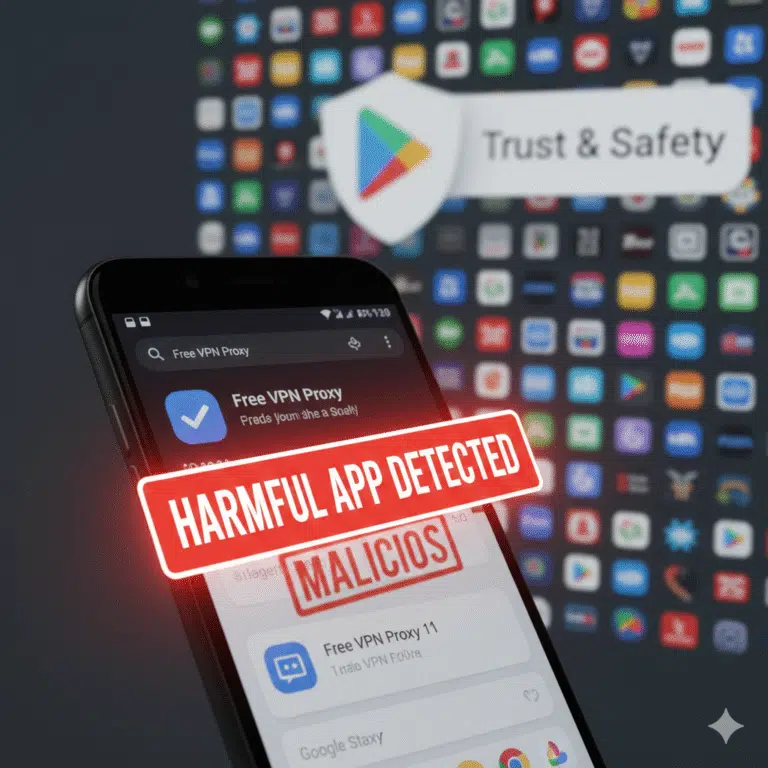In a transformative shift, organizations are increasingly viewing traditional VPNs not as security enablers, but as liabilities. According to Zscaler’s ThreatLabz 2025 VPN Risk Report, 81% of firms are either already implementing or planning to adopt Zero Trust architectures within the next year(VPN’s Death Spiral). This rapid pivot signals a “death spiral” for legacy VPN models, driven by growing concerns over security, compliance, and operational inefficiency. Here’s a breakdown of what the report uncovers, why VPNs are losing favor, and how Zero Trust is emerging as the new standard.
Why VPNs Are Being Replaced: Key Findings from Zscaler
1. Sky-High Risk of Ransomware via VPNs
One of the most alarming takeaways: 92% of respondents reported concerns about ransomware attacks enabled by existing VPN vulnerabilities. (Zscaler)
These aren’t theoretical risks — unpatched VPN appliances, third-party access, and misconfigurations are opening the door to serious exploit possibilities. (Zscaler)
2. Third-Party Backdoor Risks
VPNs often provide broad network access once connected — not just for employees, but also for vendors and contractors. Worryingly, 93% of organizations said they fear “backdoor vulnerabilities” stemming from third-party connections. (Zscaler)
Such over-privileged access becomes a major attack vector when credentials are compromised or configurations are weak.
3. Rapid Growth in VPN Vulnerabilities
Zscaler analyzed CVEs (Common Vulnerabilities and Exposures) affecting VPN technologies from 2020–2024 and found an 82.5% increase in reported VPN vulnerabilities during that timeframe.
Alarmingly, about 60% of these vulnerabilities were rated high or critical in CVSS (Common Vulnerability Scoring System), meaning they pose serious threat potential.
4. Widespread Plans to Abandon VPNs
Not only do organizations express fear about VPN vulnerabilities — 65% plan to replace their VPNs within the year.
Combined with the rise of Zero Trust, this suggests that legacy VPNs are no longer seen as long-term solutions for secure access.
Why Zero Trust Is the Answer
A. Minimizing the Attack Surface
Unlike VPNs, which extend broad network access once authenticated, Zero Trust architecture restricts access on a “least-privilege” basis. Users are only allowed to reach specific applications, not entire network segments. According to Zscaler’s report, this architectural shift helps reduce the exposure of internal assets. (Zscaler)
B. Continuous Verification
Zero Trust relies on continuous evaluation of trust: identity, device posture, session context, and behavior. Zscaler argues that this real-time posture assessment is inherently more secure than the static “once you’re in, you’re in” model of the traditional VPN.
C. Better Performance and User Experience
According to Zscaler’s blog, many enterprises find that Zero Trust access models outperform VPNs for both security teams and end users. Because access is granted per application (rather than per network), users often report smoother, more reliable connections.
IT teams also benefit: fewer maintenance headaches, no broad network tunneling, and simpler visibility into who is accessing what.
D. AI-Fueled Threats Accelerate the Shift
Zscaler warns that attackers are increasingly leveraging AI to conduct reconnaissance. For example, malicious actors can ask large language models (LLMs) to list current VPN CVEs for a given product — something that once took weeks now takes minutes.
In such a threat landscape, relying on legacy VPNs without constant patching and strict control feels too risky; Zero Trust offers a more resilient, less exposed architecture.
Expert Insight
Deepen Desai, CSO at Zscaler, advocates strongly for abandoning traditional VPNs in favor of a comprehensive Zero Trust strategy:
“Attackers will increasingly leverage AI for automated reconnaissance, intelligent password spraying, and rapid exploit development, allowing them to compromise VPNs at scale … To address these risks, organizations should shift to a Zero Trust everywhere approach.”
That call to action echoes across the security community — many now see Zero Trust not just as an option, but as an essential evolution in how organizations secure access.
Challenges & Considerations in Zero Trust Adoption
Cultural shift: Moving from VPNs to Zero Trust often requires rethinking how IT teams and end users connect to resources. Some legacy applications may not support granular, per-app access easily.
Implementation complexity: Deploying a full Zero Trust architecture isn’t trivial — it requires identity systems, policy engines, least-privilege enforcement, and strong visibility.
Cost & planning: While long-term operational costs may improve, there’s an up-front investment in technology, training, and migration.
Trust in the Zero Trust tools: As with any security architecture, the tools implementing Zero Trust (ZTNA, CASB, identity providers) must themselves be secure and well-managed.
Conclusion
Zscaler’s ThreatLabz 2025 VPN Risk Report serves as a stark warning: legacy VPNs are increasingly seen as obsolete, risky, and misaligned with modern threat landscapes. With 92% of organizations fearing ransomware, 93% worrying about backdoors, and 65% planning to ditch VPNs within a year, the urgency of shifting to Zero Trust is clear.
That shift is not just a trend — it’s a strategic re-architecture. By minimizing attack surfaces, enforcing least-privilege access, and continuously verifying trust, Zero Trust models offer a more scalable, secure, and resilient future. For enterprises still relying on broad VPN tunnels, the message is clear: the death spiral of traditional VPNs has begun — and the only way forward may be Zero Trust everywhere



